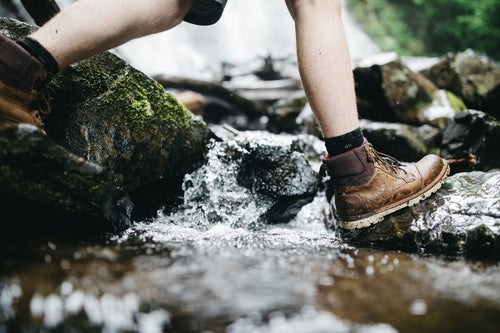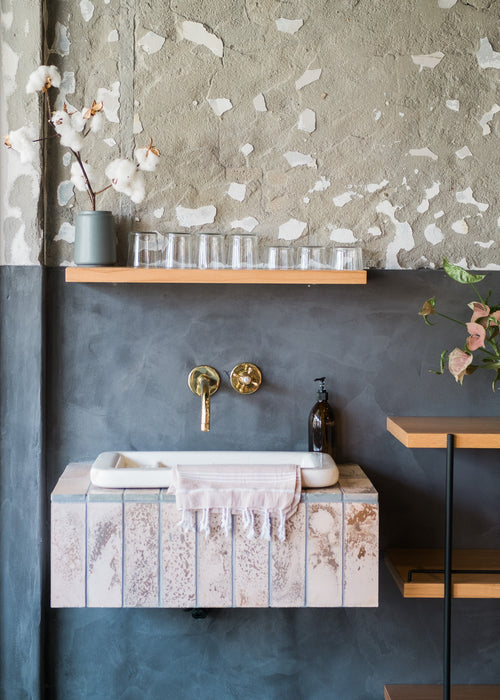HOW TO CLEAN LEATHER THOROUGHLY & SAFELY

Real leather is one of those materials that's like no other—it takes on a unique character the older it gets and can last for a lifetime. If you love leather, you likely find joy in its rich smell, durable nature and beautiful aesthetic. But to keep it looking great and help it last forever, leather items need to be maintained and cleaned properly.
So, how do you clean leather thoroughly and safely? Keep reading to find out how to clean leather, as well as tips on how to protect it.
UNDERSTAND THE FINISH OF YOUR LEATHER
First, you need to identify whether your leather item (such as a handbag, wallet, suitcase, shoes or furniture) is made from unprotected or protected leather, as this influences the way you'll need to clean it.
Unprotected leather is very sensitive and prone to scratch marks and stains, so cleaning must be done with the utmost care.
Protected leather is made of finished, or protected leather, and is much more durable and resistant to marks and stains. Protected leather items can undergo a more thorough cleaning.
How to clean leather
Always start by dusting or vacuum cleaning the surface. On protected or finished leather, use a solution of a few drops of mild soap mixed in water as a cleaning solution. Clean in a circular motion from top to bottom, rinsing and wringout out the cloth often. Once you've cleaned the entire piece, go over it again with a cloth dampened in just water.
Never soak leather; use only a damp cloth and replace the cleaning solution when it gets dirty. Leather that gets too wet can warp and crack when it dries.
Unprotected leather has no surface pigment added and little to no protective coating. Most experts recommend using only a vacuum cleaner and a clean, dry, microfiber cloth to clean unprotected leather. At most, you can dampen a clean cloth with water to wipe the surface—but read on to learn how to do so safely.
Start slowly and carefully
Before you start cleaning the entire item or piece of furniture, you should test your cleaning method and solution on a small, inconspicuous area. You can then see if it damages or discolors the leather. Note that water can temporarily darken leather, so give your test spot time to dry to ensure the color has not been altered permanently.
Remove stains from leather
On protected leather, stains can be wiped off with water and left to dry. You can also use the cleaning solution outlined above to work out tougher or sticky stains. Oil and grease stains should always be blotted with a dry cloth and never with water.
If something spills on unprotected leather, work quickly to blot the substance away with a clean and dry white cloth. You may need to take your item to a professional cleaner if the stain doesn't immediately blot away.
Sealing and protecting leather
Sealing your leather items can help protect surfaces from water and signs of wear, and keep the colors looking rich. Sealing can also reduce the appearance of dryness, patchiness, cracks, lines and scratches in your leather item by giving it a moisturized, healthy appearance.
Use an oil-free, nontoxic, multipurpose sealer and protector for the ultimate protection of your leather goods. Well-maintained leather can last decades and stand up to serious use.
Click here to see a before-and-after picture of a luxury leather handbag brought back to life by cleaning and protecting!



